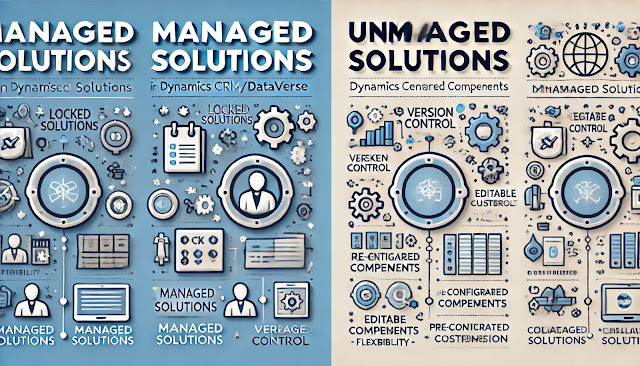Dynamics 365 Field Service : Implement resource roles and categories
In Dynamics 365 Field Service, Resource Roles and Resource Categories are essential components used to classify and manage field resources (typically technicians or engineers). They help dispatchers assign the right person to the right job based on skills, experience, and availability.
What are Resource Roles?
Resource Roles define the job function or skill level of a resource.
Examples:
- Electrician
- HVAC Technician
- Senior Field Engineer
- Junior Technician
Purpose:
- Helps in matching the correct technician to a service task.
- Enables skill-based scheduling (e.g., assign a Senior Engineer to complex jobs).
- Improves service efficiency and customer satisfaction.
What are Resource Categories?
Resource Categories are broader groupings used to classify types of resources.
Examples:
- Internal Employee
- Contractor
- Vendor Resource
- Machine or Equipment
Purpose:
- Helps in filtering resources based on their source/type.
- Useful for cost management and business rules (e.g., use contractors only for overflow work).
- Supports reporting and analytics by grouping similar resource types.
Why Are They Important?
- Efficient Scheduling – Ensures the right resource with the right skills is sent to the job.
- Better Reporting – Enables clear analysis of resource usage by category or role.
- Cost Management – Differentiates internal vs. external resource costs.
- Search & Filtering – Makes it easier to locate resources in large teams.
- Service Optimization – Reduces delays and rework by assigning properly skilled personnel.
Summary:
In Dynamics 365 Field Service, Resource Roles and Resource Categories are used to classify and manage field technicians and other service resources effectively.
- Resource Roles define the function or skill level of a resource (e.g., Electrician, Senior Technician), enabling skill-based scheduling and ensuring the right person is assigned to the right job.
- Resource Categories group resources by type (e.g., Internal Employee, Contractor, Equipment), supporting better filtering, cost tracking, and operational control.
These classifications are crucial for improving scheduling accuracy, optimizing service delivery, managing costs, and ensuring high customer satisfaction through efficient use of skilled resources.












Comments
Post a Comment